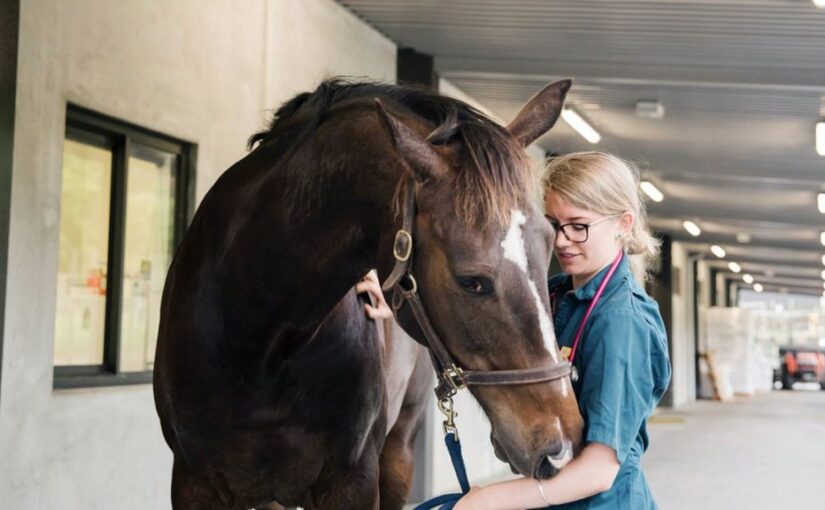As a responsible horse owner, it’s crucial to prioritize your equine companion’s dental health. Proper dental care plays a significant role in your horse’s overall well-being and performance. In this article, we will explore the importance of dental charting, a fundamental tool that veterinarians use to assess and maintain your horse’s oral health. By understanding the dental charting process and its benefits, you can actively contribute to your horse’s dental care and ensure a happier and healthier life for your beloved companion.
What is Dental Charting?
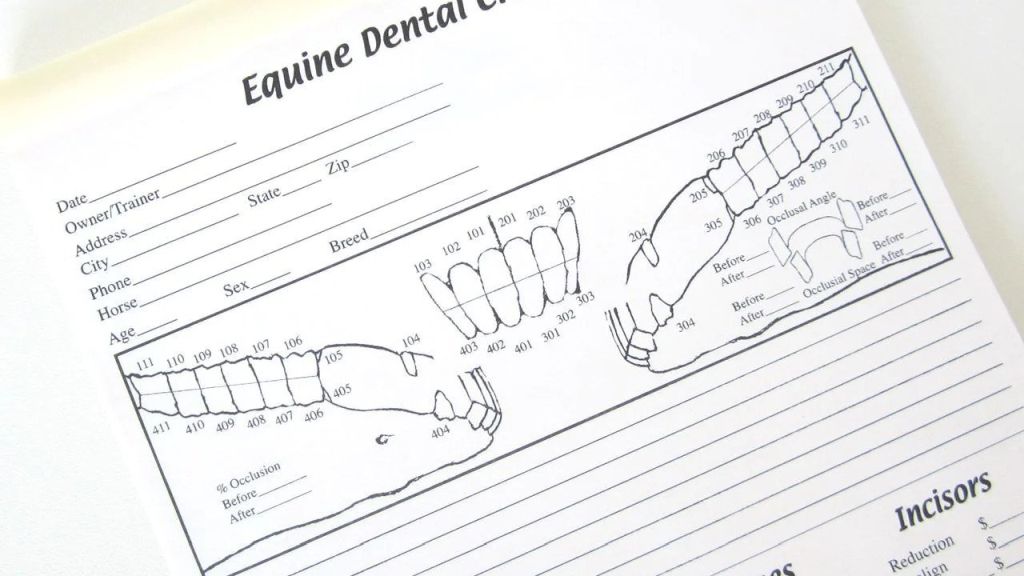
Dental charting is a systematic method used by veterinarians to record and monitor the condition of a horse’s teeth and oral structures. By employing a structured dental chart, veterinarians can document each dental examination, track changes over time, and identify potential issues before they escalate into more significant problems. A comprehensive dental chart typically includes essential information, such as the horse’s age, breed, previous dental history, and current oral health assessment.
The Importance of Regular Dental Examinations
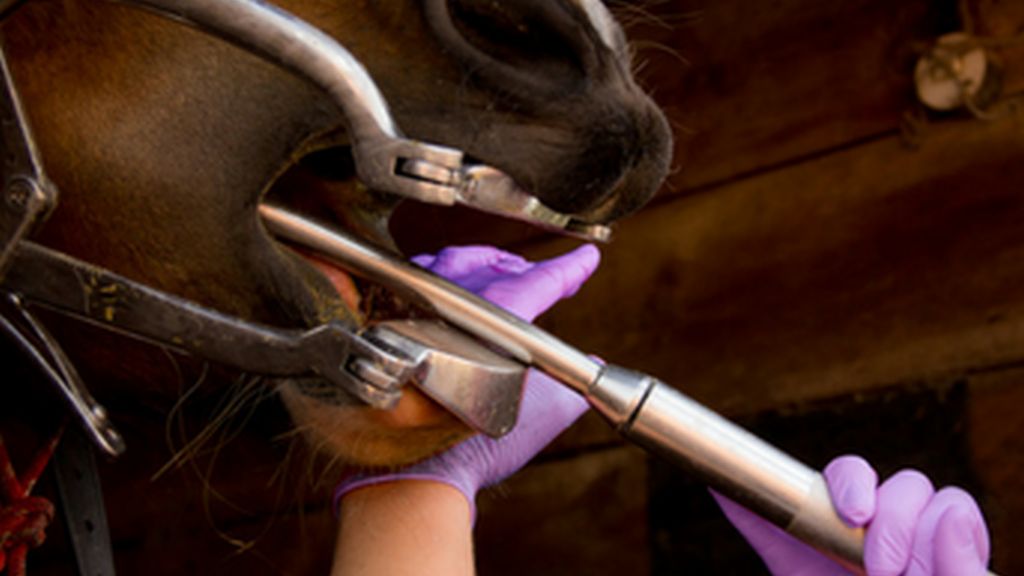
Regular dental examinations are essential for maintaining your horse’s oral health. Horses have unique dental requirements due to their grazing habits and teeth anatomy. During a dental exam, a veterinarian will inspect your horse’s teeth for signs of wear, irregularities, or dental diseases. Early detection of dental issues can prevent discomfort, pain, and performance problems, ultimately contributing to your horse’s overall well-being and longevity.
Common Dental Issues
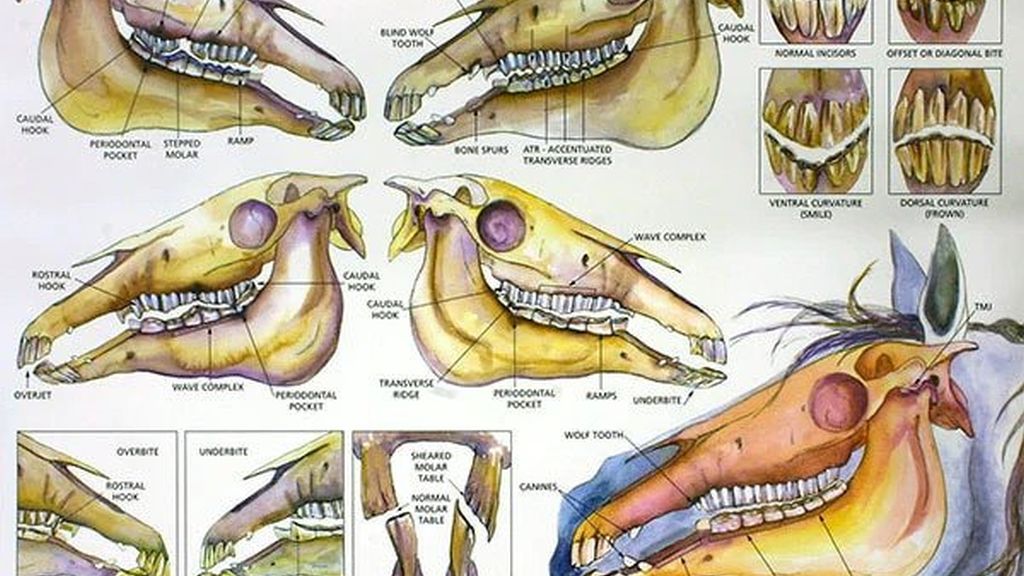
Dental Malocclusions: Dental malocclusions refer to misalignments or abnormal contact between the upper and lower teeth. These can lead to uneven wear, painful sores, and difficulty in chewing food properly.
Dental Sharp Points: Horses’ teeth continuously erupt, which can result in sharp points forming on the molars. These sharp points can cause discomfort and difficulty in chewing.
Dental Hooks and Ramps: Hooks and ramps are abnormal protrusions on the teeth that can cause pain and difficulty in eating and can also interfere with the bit during riding.
Periodontal Disease: Periodontal disease involves inflammation and infection of the structures surrounding the teeth, such as the gums and tooth sockets. Untreated periodontal disease can lead to tooth loss and other serious health issues.
Conducting a Dental Examination
The dental charting process begins with a thorough dental examination. Veterinarians will use specialized equipment, such as a dental mirror and a bright light source, to assess your horse’s oral cavity. The examination involves inspecting the incisors, canines, premolars, and molars for any abnormalities or signs of wear. Additionally, the veterinarian will check the soft tissues, including the gums and cheeks, for inflammation, ulcers, or other concerning signs.
During the dental examination, the veterinarian will carefully observe the horse’s mouth and teeth, looking for any noticeable issues. They will check for signs of dental malocclusions, such as misalignments or abnormal contact between the upper and lower teeth. These malocclusions can lead to uneven wear, painful sores, and difficulty in chewing food properly. The veterinarian will also look for sharp points on the molars, which can develop as the teeth continuously erupt. These sharp points can cause discomfort and difficulty in chewing.
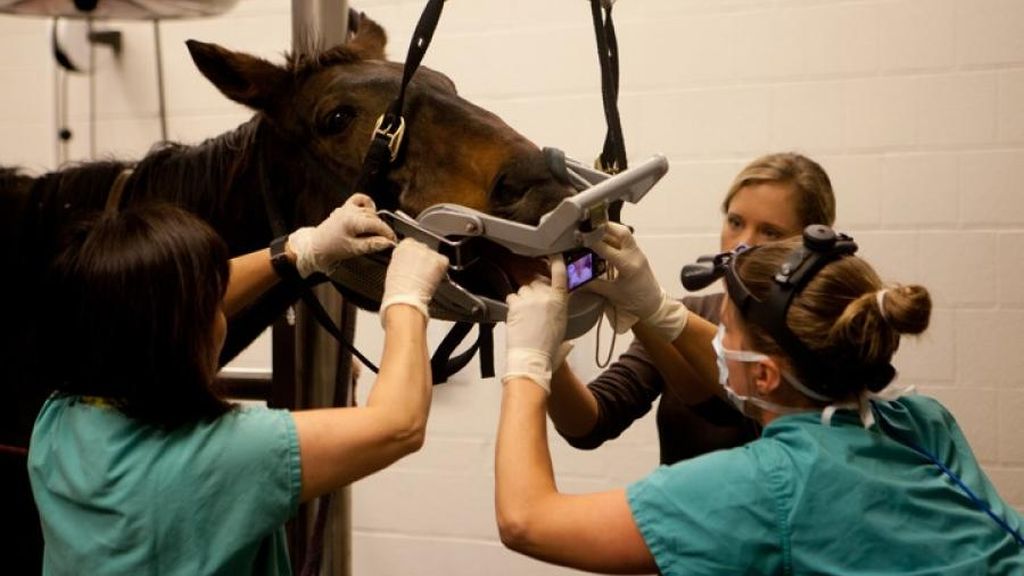
Another important aspect of the dental examination is checking for hooks and ramps. Hooks are abnormal protrusions on the teeth that can cause pain and difficulty in eating. Ramps are elongated areas on the teeth that can interfere with the bit during riding. Identifying these issues during the examination allows the veterinarian to address them and prevent further complications.
In addition to the teeth, the veterinarian will assess the soft tissues in the horse’s mouth. They will examine the gums and cheeks for signs of inflammation, ulcers, or other abnormalities. The health of the soft tissues is crucial for maintaining overall oral health. Any signs of periodontal disease, which involves inflammation and infection of the structures surrounding the teeth, will also be noted during the examination. Untreated periodontal disease can lead to tooth loss and other serious health issues.
Creating the Dental Chart
After conducting the dental examination, the veterinarian will create or update the dental chart for your horse. The dental chart provides a comprehensive overview of your horse’s oral health status and serves as a reference for future comparisons. It is typically a visual representation of the horse’s mouth, with each tooth numbered and specific information recorded.
The dental chart may include details such as tooth number, description of dental abnormalities, presence of sharp points or hooks, and recommended dental procedures. Each tooth will be evaluated individually, and any abnormalities or issues will be documented. This helps in tracking changes over time and provides a clear picture of the horse’s dental health.
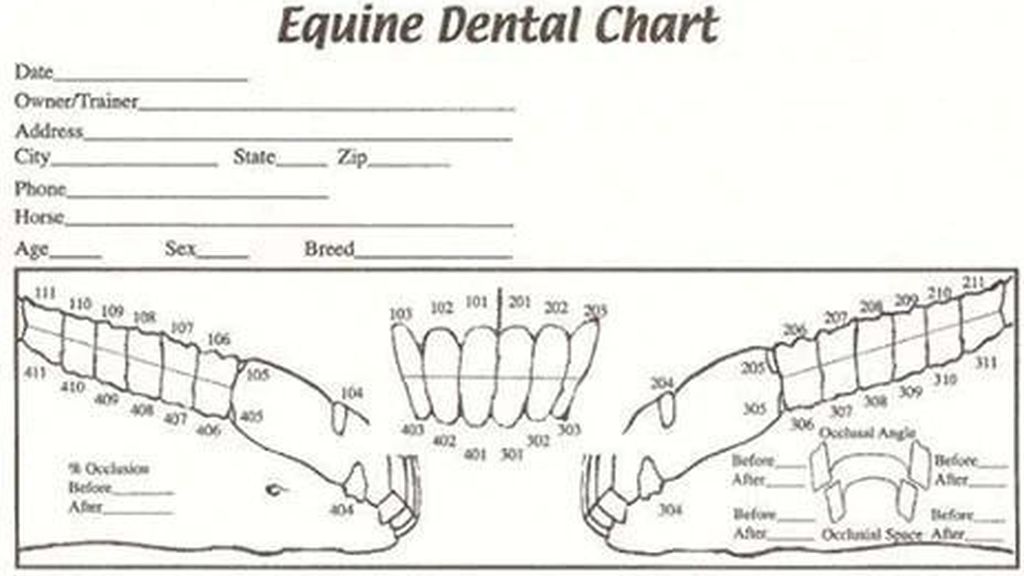
The dental chart also serves as a communication tool between veterinarians and horse owners. It allows for effective communication regarding the horse’s dental health and any necessary treatments or follow-up procedures. By having a dental chart, veterinarians can better understand the horse’s dental history and tailor their approach accordingly.
Regular updating of the dental chart is crucial to monitor the horse’s dental health. It allows for comparisons between different visits and aids in identifying any changes or trends that may require attention. The dental chart is an essential component of the horse’s medical records and should be kept up to date to ensure proper dental care.
The dental charting process is a vital aspect of maintaining your horse’s oral health. Through a thorough dental examination, veterinarians can identify any dental issues, malocclusions, sharp points, hooks, ramps, or signs of periodontal disease. By creating a dental chart and regularly updating it, veterinarians can track changes over time and provide appropriate treatments and recommendations. Active involvement in the dental charting process enables horse owners to play a significant role in their horse’s dental care and overall well-being. Regular dental examinations, combined with accurate dental charting, ensure that your horse’s teeth and oral health are properly maintained for optimal performance and a happy, healthy life.
